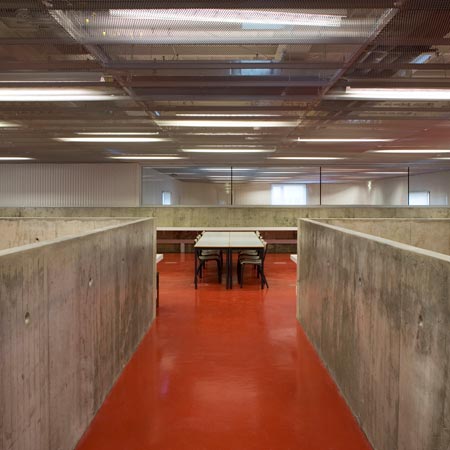
Architectural photographer Leonardo Finotti has sent us images of a school in Lisbon, Portugal, recently modernised by Portuguese studio Bak Gordon Arquitectos.
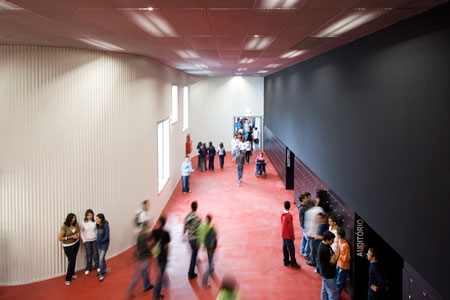
The original buildings are typical of the schools built in Portugal during the 70’s, which lacked many basic necessities such as thermal and acoustic insulation.
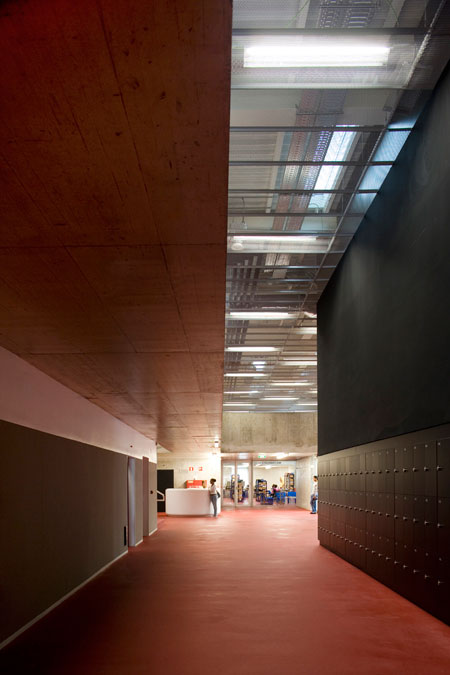
As well as modernising the existing buildings, Bak Gordon also created a new central building which connects the pavilions and houses social activities.
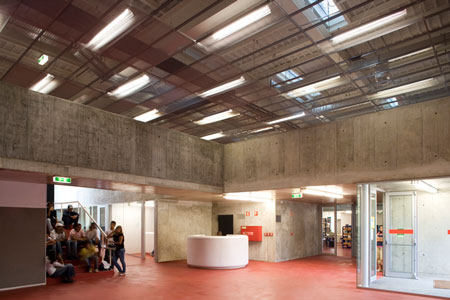
Construction of the project had to be complete within six months, greatly influencing many of the design decisions made.
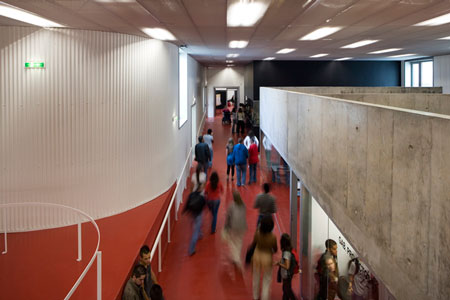
Photographs are by Leonardo Finotti.
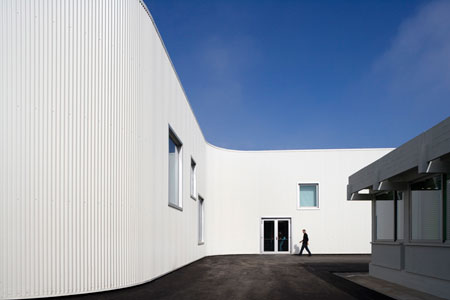
See also our earlier story about House at Sobral da Lagoa by Bak Gordon.
Here’s info from architects Ricardo Bak Gordon:
–
D. DINIS SECONDARY SCHOOL
Project Description
The modernisation project of the D. Dinis Secondary School was particularly pioneering in the context of the reforms being carried out by Parque Escolar, and simultaneously corresponds to a typology that includes around 70% of the secondary schools in Portugal – the pavilion schools.
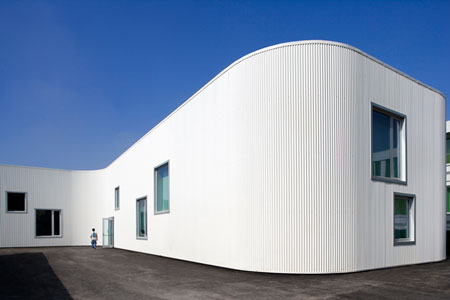
The pavilion projects, which were mostly constructed in the seventies, were rudimentary projects from the programmatic and functional point of view and from the constructive point of view. The absence of thermal and acoustic insulation, of acclimatization and other infrastructure revealed all at once, the scarcity of the undertaking’s structure.
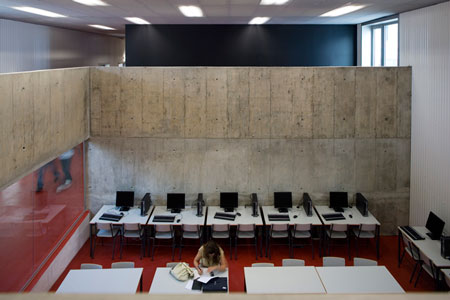
This modernisation reform sat in first place of the planned improvements: adding and replacing functional spaces (for example the library, multi-use room, study areas for students and teachers, departmental spaces etc.) in an epicentre position facing the existing constructions and around which, all the school’s activity gravitates. On the other hand the reform aims to improve the architectural and structural conditions and respective infrastructure in the existing buildings. Lastly, the reform offers the school conditions that permit better management and use of their own resources.
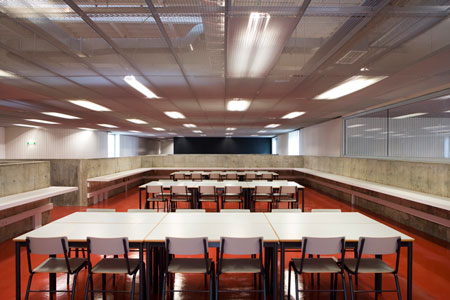
The new building, that distinguishes the D. Dinis Secondary School, is a type of central space, without beginning or end, where the vital functions of the new school are installed, and where all the existing pavilions are united. This new space was, in the first debates that preceded the modernisation Project, named the “learning street.”

The constructive system of this new building wasn’t indifferent to the fact that all the construction had to been completed in only six months. Therefore the Project leant towards the typology of a clean project, metal structure and external walls in “sandwich” system, finished with corrugated iron both on the exterior and interior. The roof is also metal plate, on top of which the respective thermal and acoustic insulations are supported.
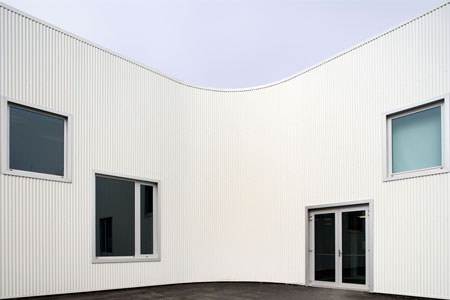
In contrast to the colour of white on the peripheral wall, the continuous flooring is red. The flooring is an element that extends to the existing constructions and which therefore unifies the group of pavilions.
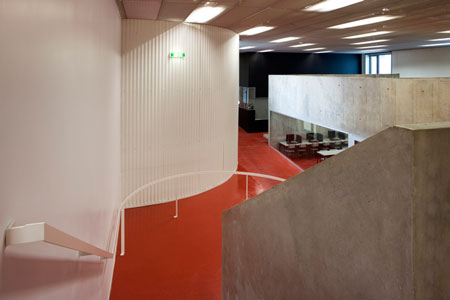
It is hoped that the result of this work will be the catalyst for a better performing and happier school for all of its population and if possible will be redeemable in one’s memory in the future.
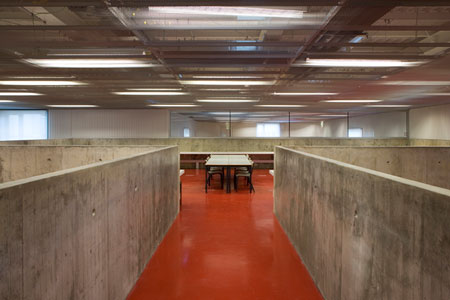
Escola Secundária D. Dinis
Location: Chelas, Lisboa
Design phase: 2007
Construction phase: 2007 – 2008
Client: Parque Escolar EPE
Architect: Ricardo Bak Gordon
Collaborators: Luís Pedro Pinto, Pedro Serrazina, Sónia Silva, Vera Higino, Walter Perdigão
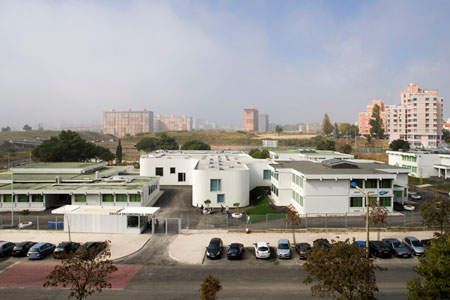
Structural engineering: BETAR
Landscape design: PROAP
General contractor: MOTA-ENGIL
Site area: 25.730 m2
Built area: 1500.00m2
Cost per m2: 800.00 €




不错啊~~